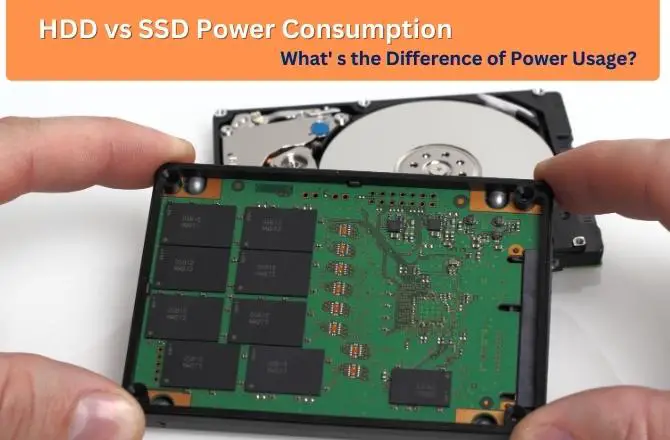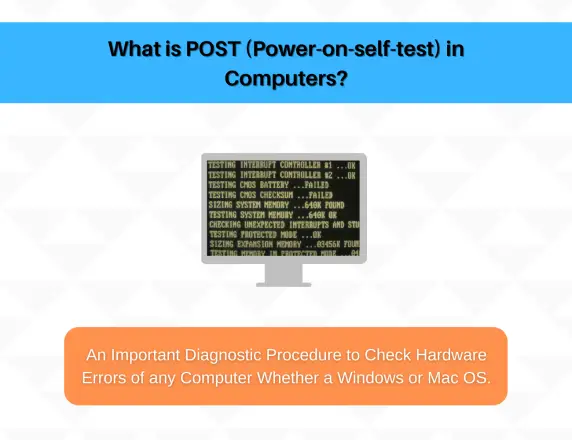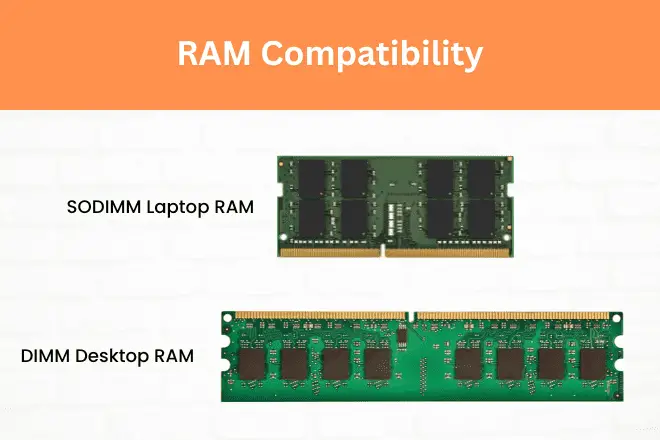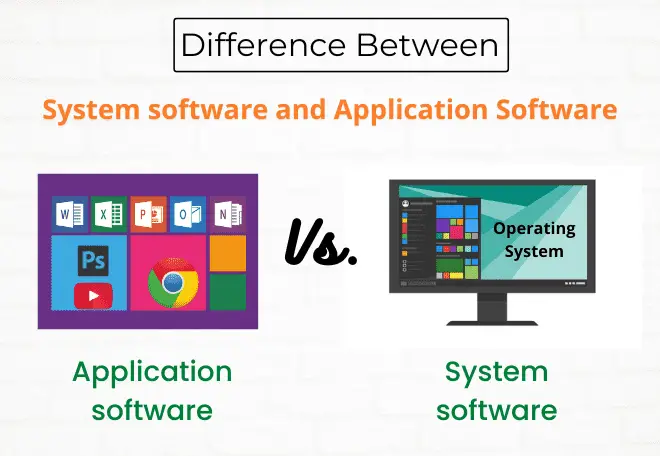So, you have heard of a hard disk drive (HDD), but what exactly is it? What does Hard Drive do, and how does it work? If you’re new to the world of digital computers, understanding HDDs can be confusing.
Don’t worry! I am here to answer your questions and ensure that you have a much clearer idea about HDDs and how they can help with your computing needs when you are done reading this.
In this article, I will explain in detail what an HDD is, what it does, capacity size, speed, and its importance in today’s computing environment.
What is a hard drive, and what does it do on a computer?
A hard drive is a storage device used in computers to store data. It has a spinning disk, also known as a platter, from which the information is stored and retrieved. This spinning disk can be made of magnetic or optical material and can store large amounts of data, depending on its size. HDDs can range from 120 gigabytes (GB) to 14 terabytes (TB).
HDD is essential when building a new PC as it provide permanent storage space for important files and programs, saved passwords on credential manager, media allowing you to access your information whenever you need it without worrying about losing it or needing additional storage.
They also help multitask by allowing multiple applications and processes to run simultaneously while utilizing the same hard drive resources.
How does a hard drive work?
HDDs work by storing and retrieving data from the spinning disk inside. When you write a file, the read/write, head passes over the platter’s surface, magnetizing small areas to represent 1s and 0s, which are binary digits used to store data digitally.
To retrieve information, the read/write head scans these areas for patterns; if it finds one that matches what it’s looking for, then it’ll return that data to your computer so you can access it.
The different parts of a hard drive and how they work together
The main components of an HDD are the platter, read/write head, motor, armature and interface.
The platter is the spinning disk inside the hard drive made of metal or optical material that stores data when it’s magnetized.
The read/write head is responsible for reading and writing data to the platter. It’s connected to an armature that moves it back and forth over the surface of the platter as it reads and writes data. It has a tiny magnetic coil at its end called an actuator. The actuator helps the arm move in and out over the platter so it can read or write data.
The motor powers both the platter and the read/write head by providing a rotational force to spin the platter. It is responsible for rotating the platter at high speeds so that data can be accessed quickly.
The armature connects all of these parts together, so they do not come into contact with each other and allows them to function as one unit. By working together, these parts allow an HDD to store and retrieve data from its platters quickly and efficiently.
Finally, the interface connects the hard drive to the computer’s motherboard. It translates electrical signals into commands for the hard drive to carry out its operations.

Hard drives of Different Shapes & Sizes
Hard drives come in different shapes and sizes. The most common type is the 3.5-inch drive, which is used in desktop computers and some laptops. There are also 2.5-inch drives that are smaller but still offer a high storage capacity for mobile microcomputers such as laptops, tablets, smartphones and portable media players.
External hard drives are also available with multiple ports, including USB, Firewire and eSATA, for connecting to computers and laptops externally or other devices. These HDDs are mainly used to back up data from one computer to another or provide additional storage space for larger files, making them an ideal solution for important business documents or home media collections.
Hard drives Speed & Capacity
The speed and storage capacity of a Hard Disk Drive (HDD) can vary depending on the type, size, and model. Generally speaking, HDDs come in two speeds – 5400 revolutions per minute (RPM) or 7200 RPM. Higher-end drives also offer 15000 RPM for faster read/write operations. As for storage capacity, HDDs typically range from 40GB to 14TB of total storage space.
Regarding performance, 5400RPM HDDs are slower than their 7200 RPM counterparts but trade off with a lower price point and power supply requirements. On the other hand, 7200 RPM drives have slightly better performance due to their higher speed rating, and require more power to operate, increasing running costs over time.
In any cases, HDD use more power than SSD.
Typical rates are between 50 and 200 megabits per second (Mb/s). This rate varies based on the type of interface used with the HDD and the condition of your SATA 1, 2, or 3 cables or other connecting devices.
Hard drive size as per use case:
- 128GB – 256GB – Suitable for low usage such as basic computing, web browsing, and light gaming.
- 256GB – 512GB – Perfect for moderate use such as photo editing, video streaming, and mid-level gaming.
- 512GB – 1TB – Ideal for heavy use such as video editing and triple A gaming titles.
- 1TB and over – Perfect for intensive tasks and large collections of data.
Advantages and Disadvantages of a Hard Disk Drive
Tips for keeping your hard drive healthy and running smoothly
Regular maintenance is key to keeping your hard drive healthy and running smoothly. It’s important to ensure that the air vents on your computer are not blocked, as this can cause it to overheat, resulting in hardware failure.
Additionally, you should regularly defragment your hard drive to optimize its performance by reorganizing data on the platters for faster access. Finally, back up all of your important files onto an external storage device so that you won’t lose any data if something goes wrong with the HDD.
Understanding how a hard drive works and taking care of it properly can ensure that it stays healthy and performs effectively for many years.
FAQs
What happens if a computer has no hard drive?
If a computer has no hard drive, it cannot store data or run applications. Without the hard drive, the computer won’t be able to boot up or access any of its software or files.
What is the difference between a hard disk and a hard drive?
The terms “hard disk” and “hard drive” are often used interchangeably, but there is a difference. A hard disk is a physical device that stores data, while a hard drive is an electronic device that reads and writes data from the hard disk.
What is the cost of a hard drive?
Hard drives vary in cost depending on their size and type. Generally, a 3.5-inch hard drive will cost between $30-$200, while a 2.5-inch hard drive can range from $20-$150. External hard drives typically start around $50 and can go up to several hundred dollars for larger storage capacity.
What are the types of hard disks?
The two main hard disk drives are solid-state drives (SSDs) and traditional mechanical hard drives (HDDs). SSDs use integrated circuit assemblies to store data, while HDDs use spinning platters with magnetic surfaces. Both types of drive offer different advantages depending on the user’s needs.
How much is HDD storage sufficient?
The amount of storage space you need depends on what type of data you’ll be storing and how often you plan to access it. As a general rule, 256GB should be enough for most basic users for daily uses of computer who want to keep documents and photos, while a 512TB HDD is ideal for storing large amounts of data or media files.
In conclusion, Hard drives are an essential part of any computer and allow for the storage of large amounts of data. By understanding What does Hard Drive do, how a hard drive works, taking care of it properly, and choosing the right type of drive for your needs, you can ensure your data and applications are stored safely and accessible when needed.




